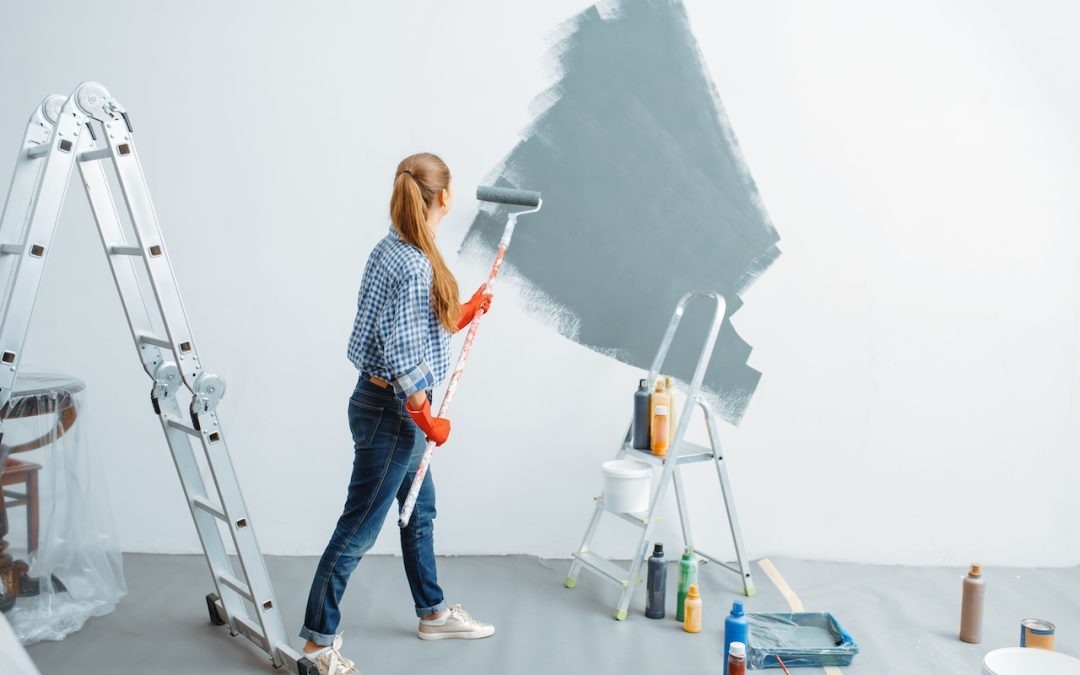
Interior Walls Designed to Inspire Comfort
Interior walls play a crucial role in shaping the atmosphere of any living or working space. Beyond their structural function, they influence how occupants feel and interact within an environment. Designing interior walls to inspire comfort involves careful consideration of materials, colors, textures, and spatial arrangements that contribute to a welcoming and soothing ambiance. The choice of color is one of the most immediate ways to affect mood; soft neutrals, warm earth tones, and muted pastels often create a calming effect that encourages relaxation. These shades reduce visual noise and help inhabitants feel grounded. Conversely, overly bright or harsh colors might energize but can also cause discomfort if used excessively.
Texture adds another layer of comfort by introducing tactile interest and depth to walls. Smooth finishes lend a clean and modern look but can sometimes feel cold or impersonal. Incorporating textured surfaces such as wood paneling, fabric wall coverings, or plaster with subtle relief offers warmth and invites touch. These elements make spaces feel more intimate and less sterile while enhancing acoustic qualities by dampening echoes.
Material selection for interior walls contributes significantly to comfort through both aesthetics and functionality. Natural materials like reclaimed wood or stone bring organic beauty indoors while promoting sustainability. They often age gracefully over time, developing character that adds charm rather than detracting from it. Additionally, soundproofing materials integrated into wall construction improve privacy by reducing noise transmission between rooms-a key factor in creating peaceful environments where people can unwind without distractions.
Lighting interacts closely with wall design in establishing comfort levels within interiors. Walls painted in light-reflective colors amplify natural light during the day which fosters positive psychological effects linked to wellbeing. At night, adjustable lighting fixtures positioned near these surfaces allow users to customize brightness according to their needs-whether for reading quietly or socializing comfortably.
The arrangement of walls themselves also influences how comfortable a room feels by defining flow and openness versus enclosure. Open-plan designs with partial partitions encourage social interaction while maintaining distinct zones for activities such as dining or working from home without feeling cramped or isolated.
Incorporating artwork or personal touches on interior walls further enhances emotional connection with space by reflecting individual tastes and memories that evoke happiness or tranquility.
Overall, interior walls designed thoughtfully serve not just as boundaries but as essential contributors toward creating environments where people feel at ease physically and emotionally throughout their daily lives.
